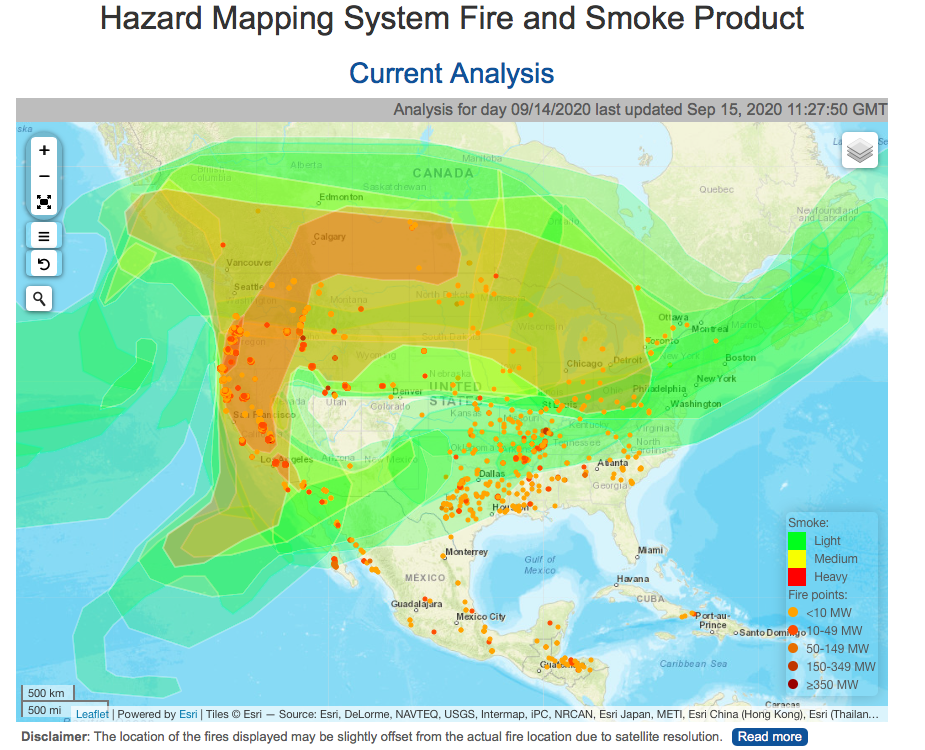Apocalyptic scenes from western US states that are aflame or overwhelmed by smoke have dominated recent US and world news cycles.
More recently, stories have come to light of massive numbers of dead birds in New Mexico and in nearby states. The magnitude of the events is enormous, and there are increasing numbers of new reports of dead birds from this region.
A number of researchers have suggested that smoke from summer 2020 western wildfires may be a prime factor in these deaths. Several recent studies, including this one by Olivia Sanderfoot and Tracey Holloway, highlight the potential hazards for birds from smoke inhalation (note, avian respiratory system is quite unique). It remains to be seen whether resident and migratory species have been similarly affected, but migrating birds encountering high concentrations of toxic compounds from or particulate matter like smoke at altitudes well above ground level could be at serious risk. It is also unclear whether aerial insectivores are overrepresented among the dead species, but it may be that birds actively foraging for aerial food items like flying insects are at greater risk—either from direct smoke inhalation or lack of food if their prey are influenced adversely by smoke or its correlates.
In addition to the fires and widespread smoke, anomalously high temperatures have been the norm for August 2020 in the western US. Much of the western US from California east through Colorado and New Mexico has baked in the hottest August on record. The combination of record heat with intense fires and smoke conditions may be an additional lethal element of what has occurred in in the last weeks and continues to unfold.
Additional hypotheses may well explain the mortality – Jenna McCullough recently posted a valuable discussion here, suggesting that the drastic temperature changes and equally drastic changes in insect abundance and behavior may be primary factors. This piece also references a key review by Ian Newton highlighting weather related mass mortality in birds. So far, analysis of body masses of dead swallows supports that starvation and hypothermia may be at play; but, forthcoming autopsies and toxicology analyses should provide more information.
Stay tuned for additional updates as we receive them.
Among other documentary effort for collecting information on this ongoing tragedy, iNaturalist is gathering reports of dead birds here. And if you find dead birds in this region that you suspect may be connected to this continuing event, report to iNaturalist, contact your local wildlife rehabilitation or your local U.S. Fish & Wildlife Service office.






